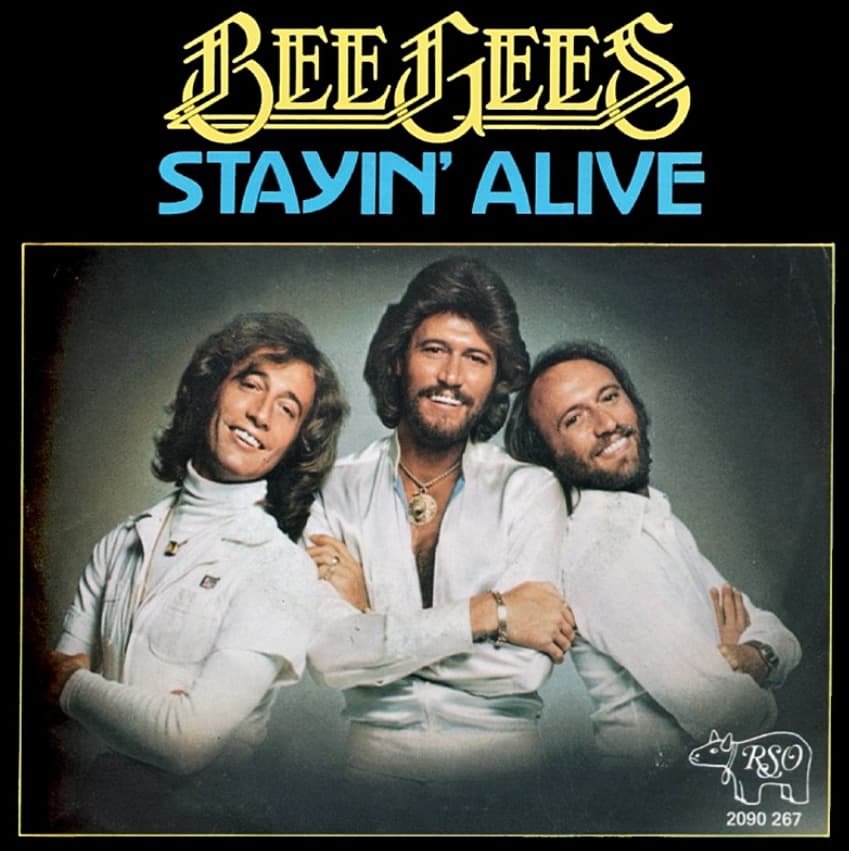
About the Song
Stayin’ Alive, a disco anthem that transcends generations. This iconic song, by the legendary Bee Gees, isn’t merely a catchy tune; it’s a cultural touchstone, a sonic snapshot of a bygone era, and a testament to the enduring power of music to move us. Released in 1977, Stayin’ Alive wasn’t just the second single from the Saturday Night Fever soundtrack, it became synonymous with the entire disco phenomenon.
The song’s brilliance lies in its simplicity. A driving four-on-the-floor beat, courtesy of legendary drummer Dennis Coffey, lays the foundation. Maurice Gibb’s hypnotic bass line weaves through it, punctuated by the unmistakable falsetto vocals of Barry Gibb.
---> Scroll down for the VIDEO
The melody itself is deceptively straightforward, a testament to the power of a well-crafted hook. But within this apparent simplicity lies a magic that continues to captivate listeners. Stayin’ Alive pulsates with a raw energy, a desperate optimism that perfectly captures the zeitgeist of the late 70s.
The lyrics, penned by Barry, Robin, and Maurice Gibb, paint a vivid picture of a young man navigating the urban jungle. Lines like “Well, you can tell by the way I use my walk, I’m a woman’s man, no time to talk” establish a bravado that masks a deeper yearning.
---> Scroll down for the VIDEO
The song’s central message, however, is encapsulated in its title and its relentless refrain: Stayin’ Alive. It’s a primal plea for survival, a mantra for those facing the harsh realities of life yet clinging to hope. The repetition of the phrase is hypnotic, a constant reminder of the will to keep moving forward, to find the rhythm and keep dancing
Stayin’ Alive‘s impact goes far beyond the disco era. Its influence can be heard across multiple genres, from pop and rock to hip-hop and electronic dance music. The song has been covered countless times, sampled by countless artists, and featured in countless films and television shows.
It’s a ubiquitous melody, instantly recognizable and guaranteed to get a crowd moving. Stayin’ Alive is more than just a song; it’s a cultural phenomenon, a timeless anthem that reminds us of the primal human need to move, to connect, and to simply stay alive.